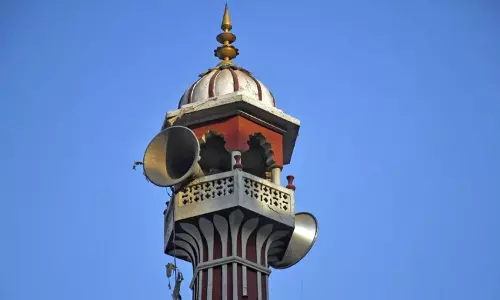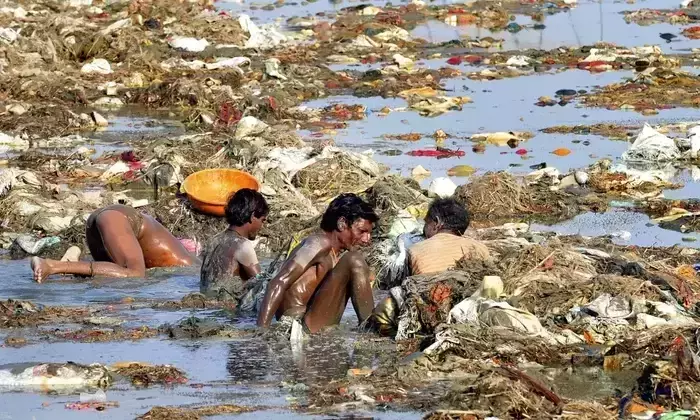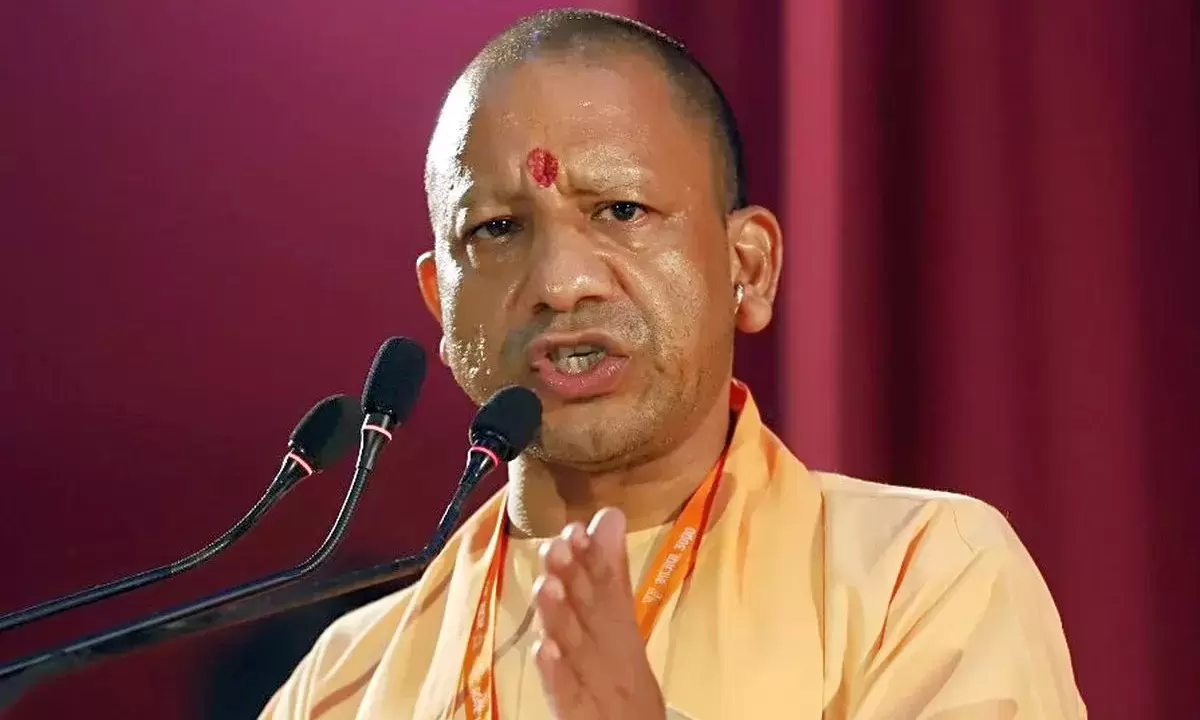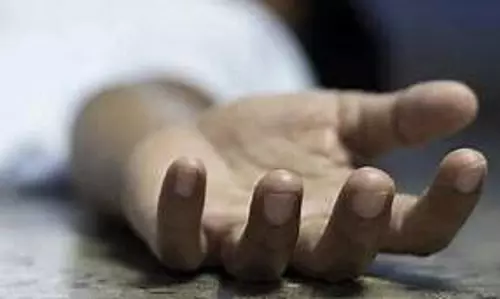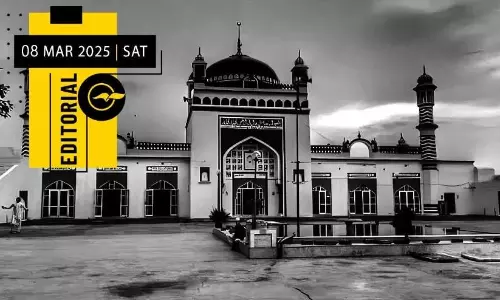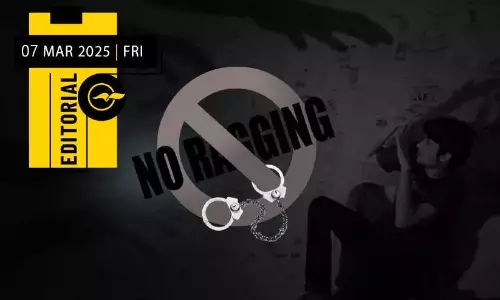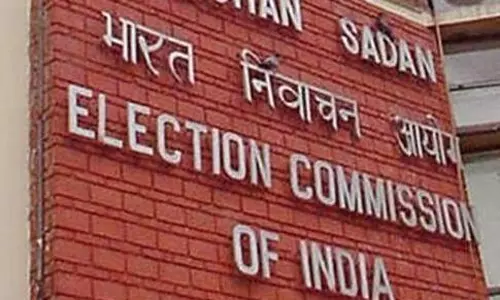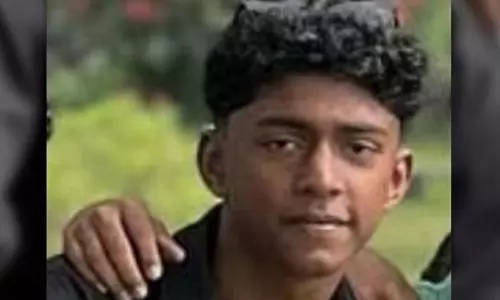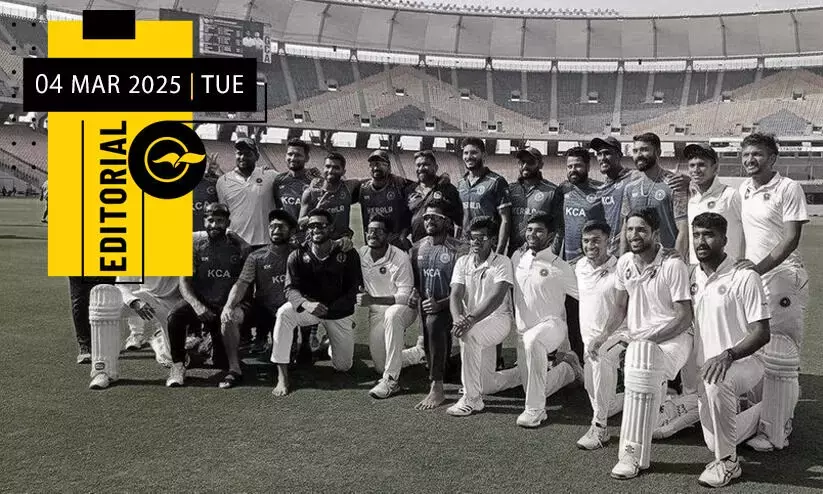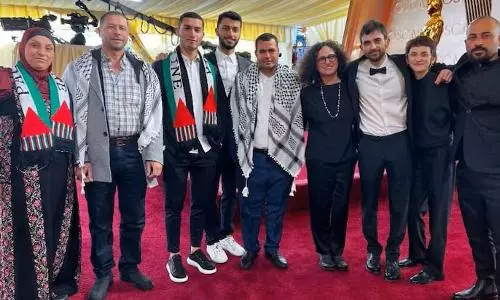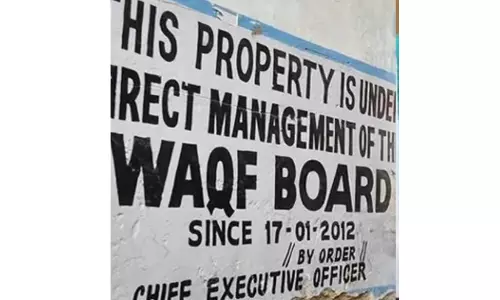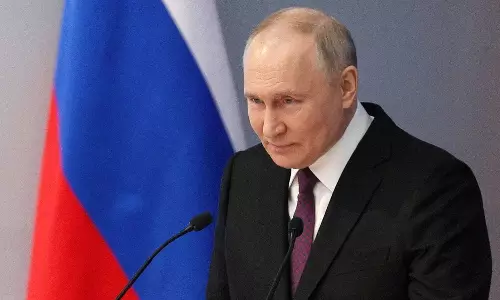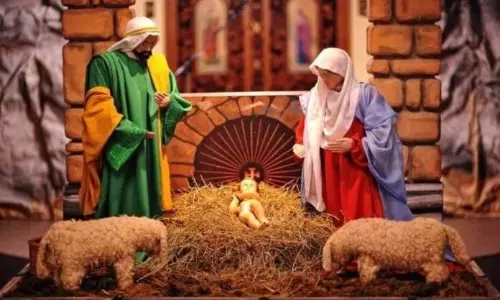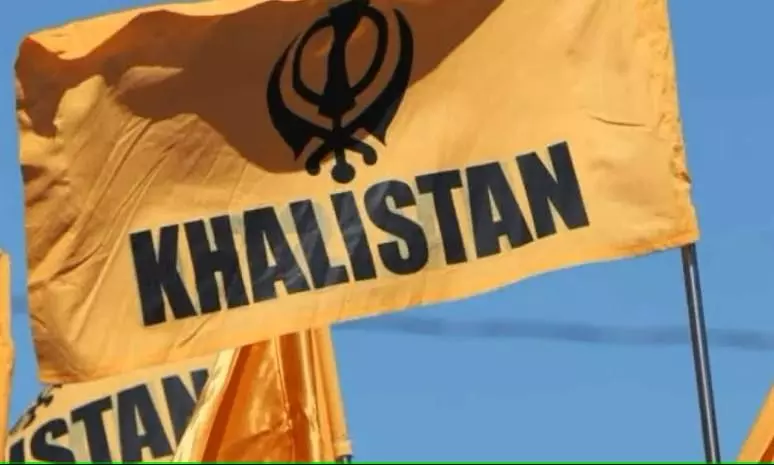
Khalistan Movement in the United Kingdom
text_fieldsKhalistan meaning ‘Land of the Pure’ is the idea that there should be a Sikh homeland as a completely independent country. It would require the secession of the Punjab from India and the Pakistani Punjab too.
There are over 2 million Indians in the United Kingdom. Most of them are British citizens. India does not permit dual nationality though the UK does. About a third of the British Indian community are Sikhs whereas only 2% of people in India are Sikh. Therefore, there are about 700,000 Sikhs in the UK. That is around 1% of the UK population.
The Khalsa are those Sikhs who choose to be baptised upon attaining adulthood. They never cut their hair, and they always carry the five K’s (in Punjabi): unshorn hair, a sword, special undergarments, a comb and a steel bracelet. Members of the Khalsa eschew drugs, alcohol, wagers and tobacco. They also adhere to a vegan diet. Moreover, they will not engage in extramarital sexual intercourse. Women who are in the Khalsa tend to cover their hair when in the company of males outside the family. Therefore, they are sometimes mistaken for Muslims.
Of the roughly 30 million Sikhs in the world, only a minority are members of the Khalsa. Other Sikhs are semi-observant or non-observant. Most Sikhs show some of the 5 K’s.
There were independent Sikh polities from the 16th century onwards. The last independent Sikh state was defeated by the British Raj in the Second Anglo-Sikh War that ended in 1848. The remnants of the Sikh Empire were absorbed into British India.
In 1857 the Indian Mutiny or First War of Independence broke out. The British quelled it and their enlistment of Sikhs was perhaps the determinative factor in British victory.
In 1947 India was partitioned. This split the Punjab down the middle. Therefore, it was a vivisection of the Sikh home. The Sikhs lost many of their holy sites to Pakistan. This includes the birthplace of their founder Guru Nanak. Many Sikhs were slaughtered during Partition and some of them committed the worst crimes against Muslim refugees. The Sikhs suffered proportionately far more than Hindus or Muslims because Partition occurred in most Sikh provinces of India.
In the 1970s the notion of an independent Sikh country was mooted. Pakistan was eager to evangelise for it. Pakistan had just lost its eastern wing i.e. Bangladesh. Islamabad wished for vengeance. Moreover, anything that turned Indians against each other was good for Pakistan.
Inter-Services Intelligence (ISI) in Pakistan armed, trained and directed the KLF. It was bitterly ironic that there was pretended sympathy for the KLF in Pakistan when some ISI officers were passionately anti-Sikh. Moreover, the KLF wanted to take back former Sikh territories in Pakistan.
By the 1970s there were small Sikh communities in the Indian diaspora. Canada and the United Kingdom were the only foreign countries with significant Sikh communities at the time. Back then the communities numbered in the tens of thousands and not the hundreds of thousands as today. Sikhs outside of India donated funds to the KLF. The wealth gap between India and the West in the 1970s was enormous. Therefore, a £1 donation from a British Sikh made a serious difference in India at the time.
The Khalistan Liberation Force (KLF) was established to battle India and bring about Khalistan as a reality. Most Sikhs were opposed or indifferent to the notion at first. The Indian Security Forces had to fight to repress the KLF. The security forces sometimes use excessive force, especially against the wrong people. Naturally, this played into the hands of the KLF. Sikhs grew disaffected. By the 1980s the situation in the Punjab had deteriorated sharply. It culminated in Operation Blue Star in June 1984. In October 1984 Mrs. Gandhi laid down her life for India: felled by two KLF sympathising assassins.
Some Sikh women danced on the streets of Birmingham, United Kingdom in their jubilation at the murder of the Indian Prime Minister. The Government of India was incensed that such incitement to terrorism against India was allowed to go unchecked in the UK. India and the United Kingdom have always had normal diplomatic relations.
The UK had limited sympathy with India’s moralistic denunciations. The United Kingdom was fighting against its own domestic terrorists from 1969 to 1998. They were mostly Irish republicans. Many Indian politicians noisily advocated for this.
Through the 1980s India gradually defeated the KLF. However, KLF supporters in the United Kingdom remained active in fundraising and propagandising. Some wanted KLF terrorists to flee to the United Kingdom.
In 1998 Mr. Chahal was arrested in the UK due to an extradition request by the Government of India. Chahal said he faced a well-founded fear of torture if refouled to India for trial. He won his case and was set free. India was infuriated.
By 2000 Khalistan appeared to be a lost cause. It came to be seen as a lunatic fringe in India when Manmohan Singh became PM which seemed to be the last nail in the coffin of Khalistan.
However, there are more Sikhs abroad than in the Punjab. KLF supporters hold demonstrations calling for the independence of Khalistan. A gurdwara was named in honour of the murderers of Indira Gandhi. An Indian general who was in command of Operation Bluestar came on holiday to London with his wife. The KLF found this out and tried to kill him.
There has been an upswing in Khalistan activity in the last few years. The British internal intelligence agency MI5 keeps tabs on the Khalistan movement but has not proscribed it. The KLF has only once committed a terrorist act in the UK. They find it wise not to do more lest they be outlawed. India wants to see KLF-aligned organisations banned in the United Kingdom. London declines to do so. This is partly because it is easier to monitor them when they exist openly. Moreover, the United Kingdom is so busy with countering Russian espionage and the threat from Al Qaeda-type organisations.
MI5 shares intelligence with the Research and Analysis Wing (RAW). RAW is India’s external intelligence agency. However, the relationship between India and the UK is not without its friction. New Delhi’s cordiality with Moscow is an irritant to London. India’s amicable relations with Iran is another problem from the British point of view. For India, perceived British arrogance still rankles.
India is the coming superpower. Therefore, it makes sense for the United Kingdom to keep on the right side of her. What is the quid pro quo? The UK would like Delhi to give its intelligence on Russia, China, Iran and ISIS-type organisations. India is reluctant to damage relations with Russia when Russia is proving an excellent source of well-below-market-price oil.
The UK Sikh community lives overwhelmingly in London and Birmingham. These cities contain 16% of the UK population between them but 90% of the Sikh community.
Southall is the most Sikh place in the United Kingdom. This is a district in the west of London very close to Heathrow: the UK’s chief airport. Southall is 50% Sikh and even has signs up in Punjabi. It is possible to survive there without knowing a word of English. In a bar called the Glassy Junction, people may pay in Indian Rupees.
The Sikh community is the second richest community per capita in the United Kingdom. The richest are the Jews. British Sikhs pursue careers in medicine, law, accountancy and banking. They arrived in notable numbers in the 1950s. They embraced educational opportunities and were very hardworking. There are a dozen Sikh MPs in the British Parliament.
British Sikhs used to break heavily in favour of the Labour Party. In the last decade, the community is more or less 50:50 between Conservatives and Labour. This is because British Sikhs are now wealthy, and they are confident of their place in the United Kingdom. Labour is the party of welfare dependency high tax and high regulation.
The British Armed Forces and police allow Sikhs to wear turbans. They have been allowed to wear beards long before this right was extended to all. However, the armed forces have been unsuccessful in recruiting a serious number of Sikhs.
British Sikh children born today are in some cases the fourth generation born in the United Kingdom. They are increasingly secure in their Britishness. Some of them have only a tenuous link to their ancestral homeland. Some of them do not speak a language other than English. Those who are from non-observant families are Sikh only in the most vestigial sense. They follow the amoral hedonistic lifestyles of white Britons.
There are young British Sikhs who have gone overboard to emphasise their Sikh identity. Being a KLF backer is a means of doing that. The KLF is much more popular in the UK than in the Punjab.
Marrying out is not uncommon among unbaptised Sikhs. Boris Johnson’s wife was half Sikh.





